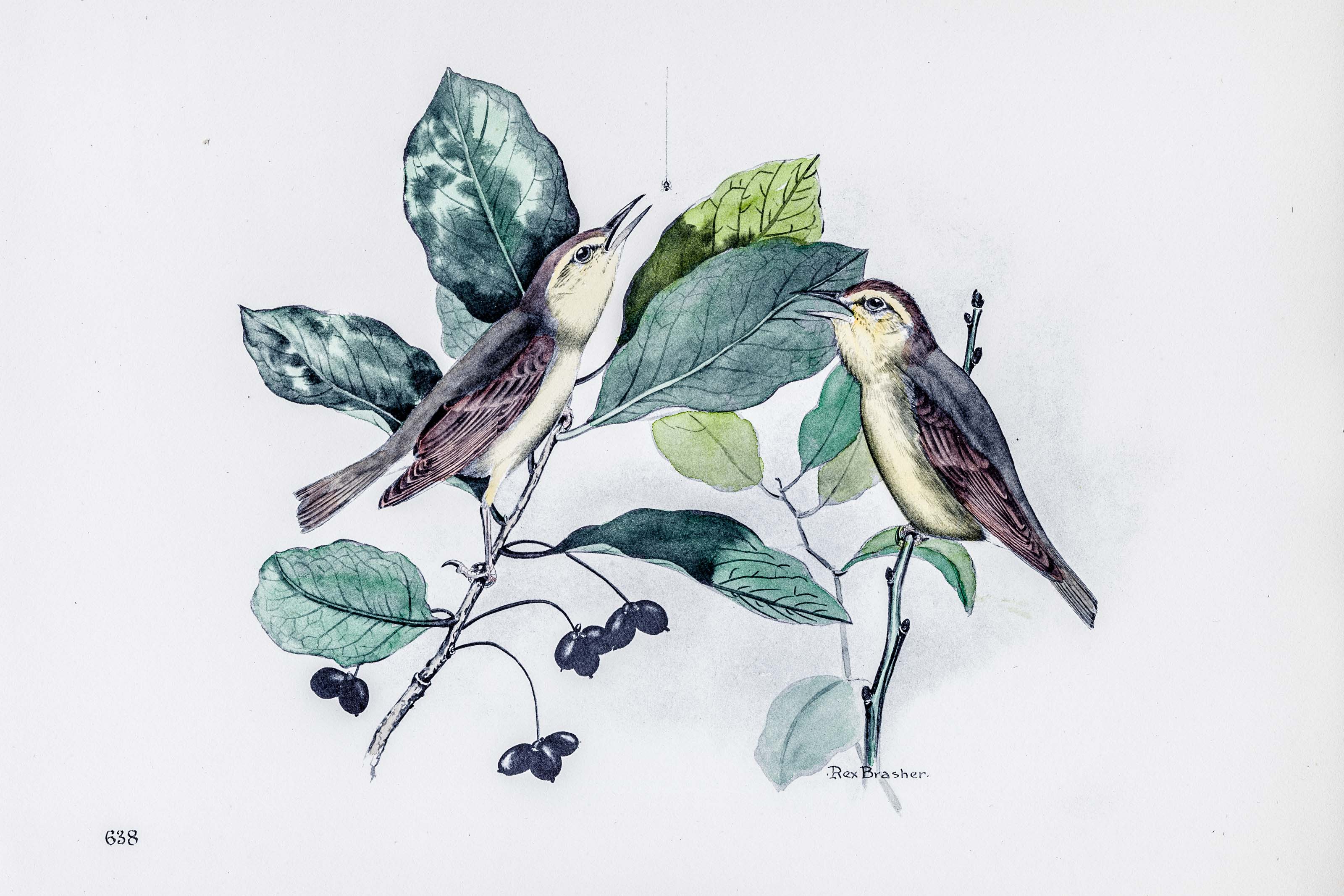
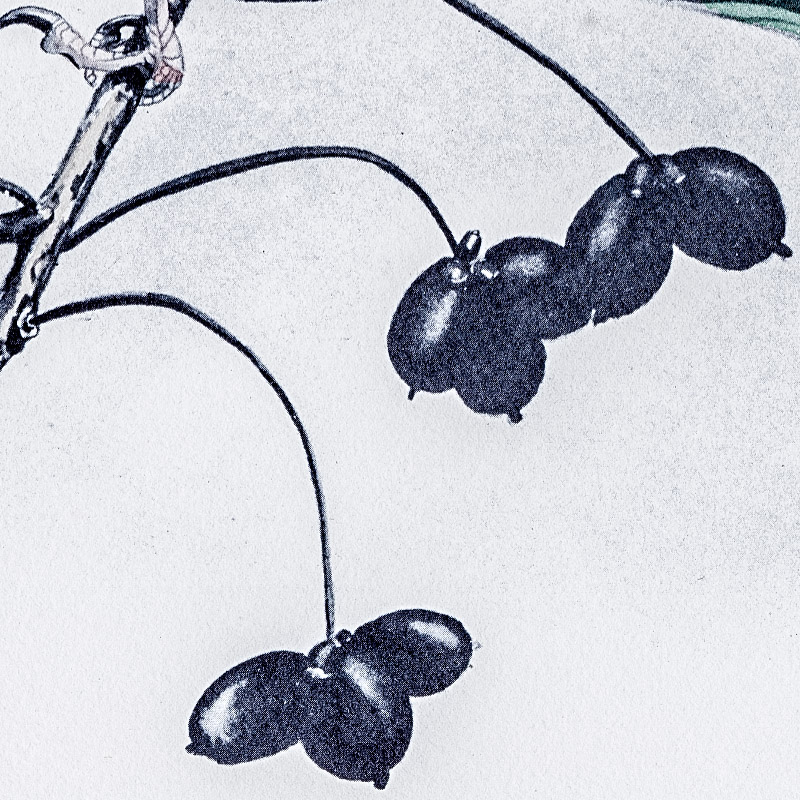
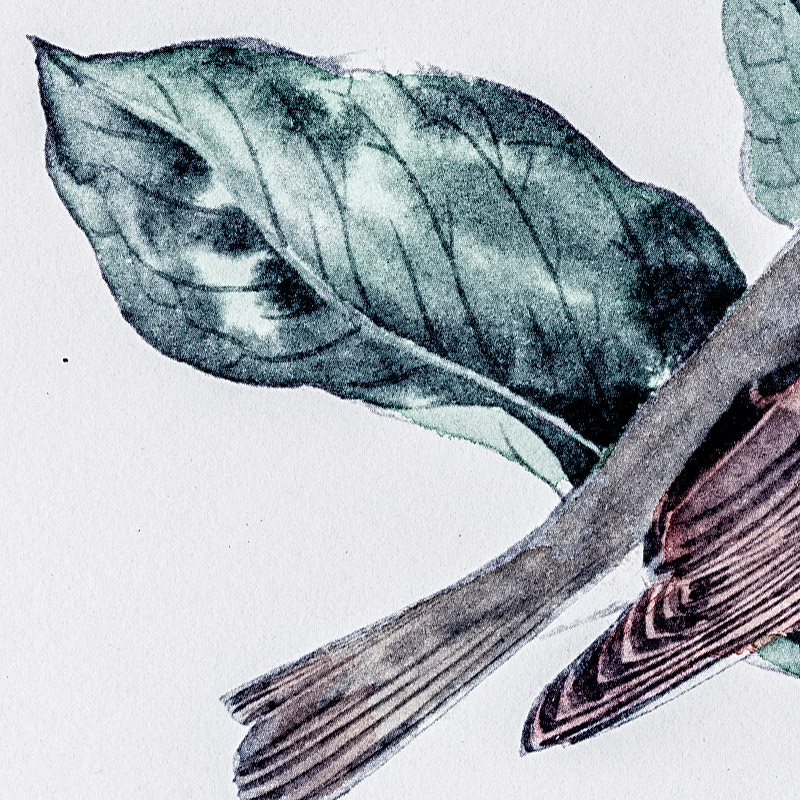
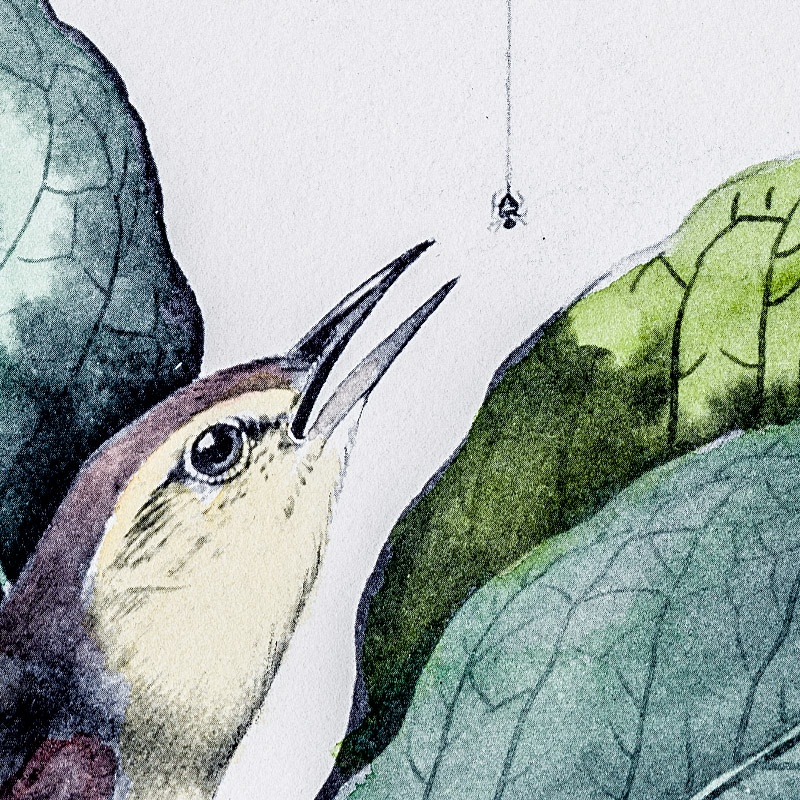
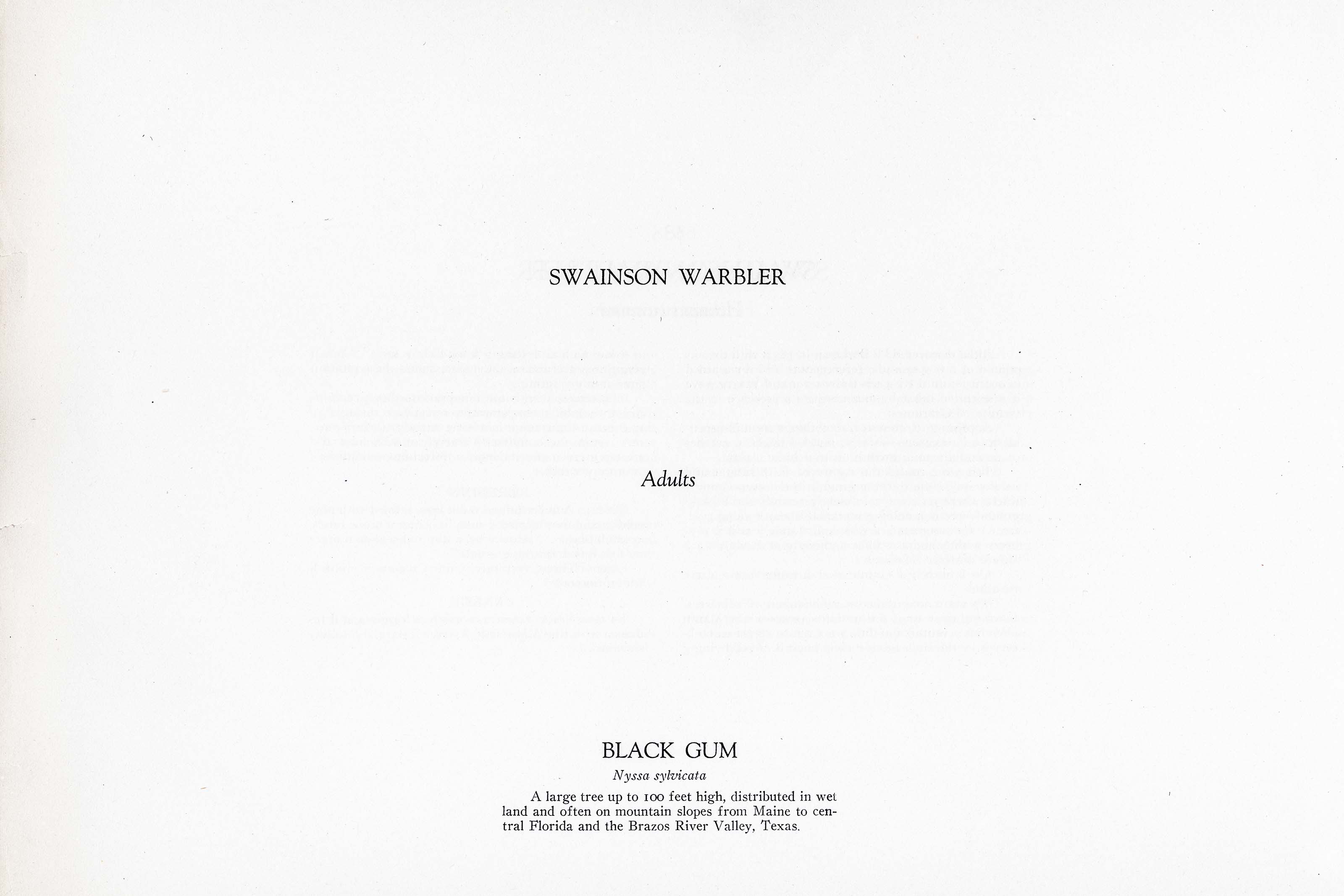
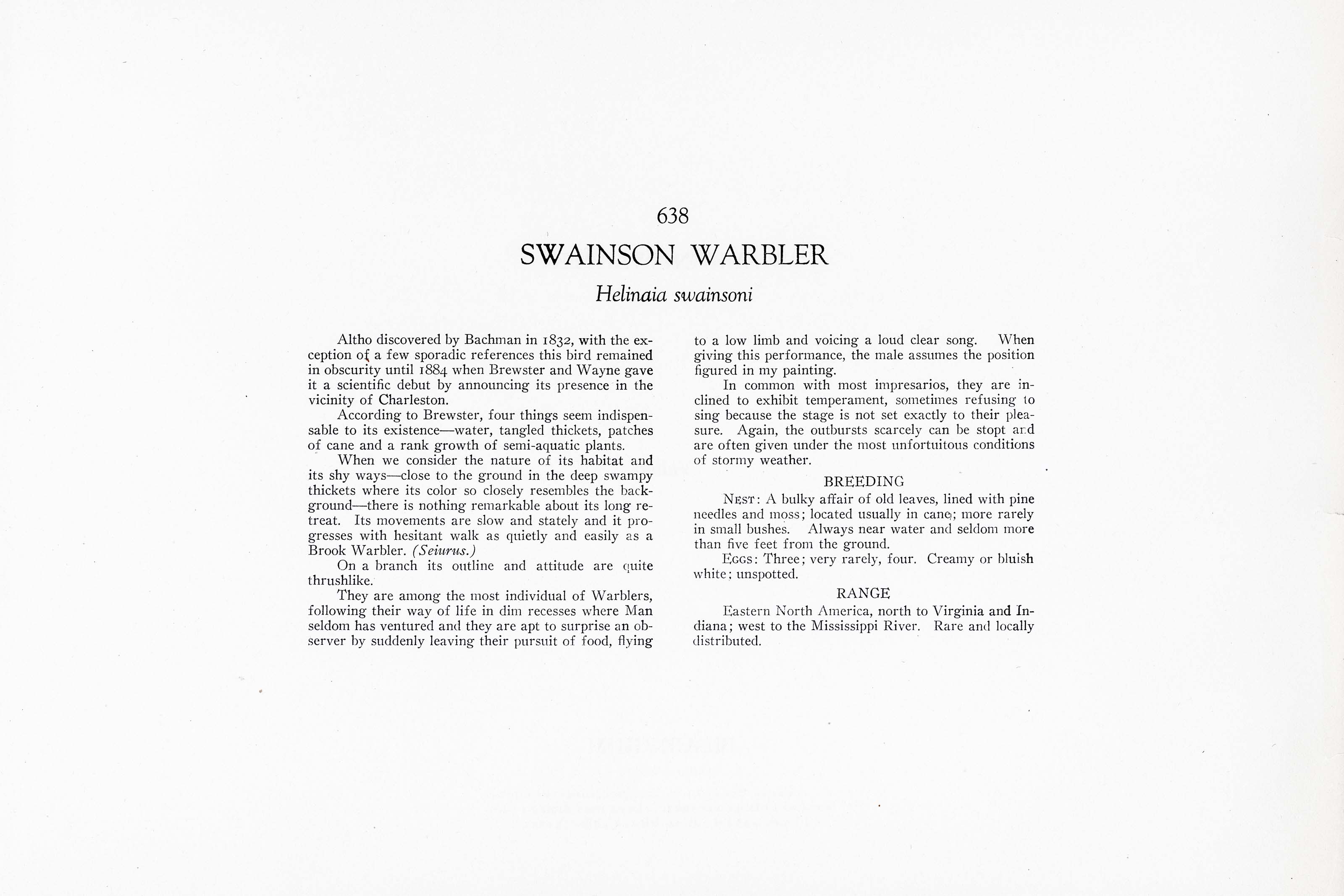

Unknown
1930
11
638
A team of dedicated board members, volunteers, and student interns has published every page in Volume 9. This volume includes 360 images of paintings and lyrical descriptions of birds, now available online for everyone to enjoy anywhere in the world. This is a monumental task. Each volume requires approximately 400 hours to photograph, edit, transcribe, catalog, and publish online. We need your support to complete this work.
If you're tech-savvy, have a good eye, are meticulous with details, and love structured data, please consider volunteering by emailing us at hello@rexbrasher.org.
We encourage all bird lovers and supporters to consider a monetary donation to support our mission to make Rex's work available for everyone. You can provide a one-time or recurring donation online.
Altho discovered by Bachman in 1832, with the exception of a few sporadic references this bird remained in obscurity until 1884 when Brewster and Wayne gave it a scientific debut by announcing its presence in the vicinity of Charleston.
According to Brewster, four things seem indispensable to its existence — water, tangled thickets, patches of cane and a rank growth of semi-aquatic plants.
When we consider the nature of its habitat and its shy ways — close to the ground in the deep swampy thickets where its color so closely resembles the background — there is nothing remarkable about its long retreat. Its movements are slow and stately and it progresses with hesitant walk as quietly and easily as a Brook Warbler. (Seiurus.)
On a branch its outline and attitude are quite thrushlike.
They are among the most individual of Warblers, following their way of life in dim recesses where Man seldom has ventured and they are apt to surprise an observer by suddenly leaving their pursuit of food, flying to a low limb and voicing a loud clear song. When giving this performance, the male assumes the position figured in my painting.
In common with most impresarios, they are inclined to exhibit temperament, sometimes refusing to sing because the stage is not set exactly to their pleasure. Again, the outbursts scarcely can be stopt and are often given under the most unfortuitous conditions of stormy weather.
NEST: A bulky affair of old leaves, lined with pine needles and moss; located usually in cane; more rarely in small bushes. Always near water and seldom more than five feet from the ground.
EGGS: Three; very rarely, four. Creamy or bluish white; unspotted.
Eastern North America, north to Virginia and Indiana; west to the Mississippi River. Rare and locally distributed.
A large tree up to 100 feet high, distributed in wet land and often on mountain slopes from Maine to central Florida and the Brazos River Valley, Texas.